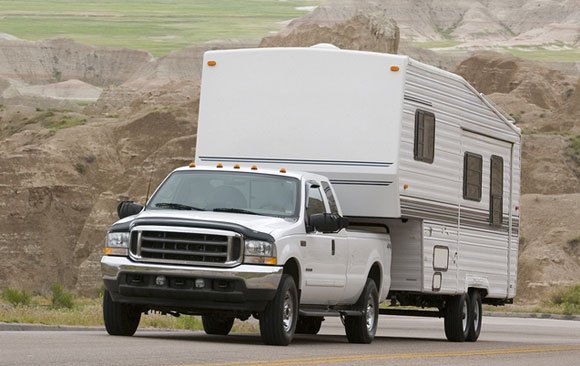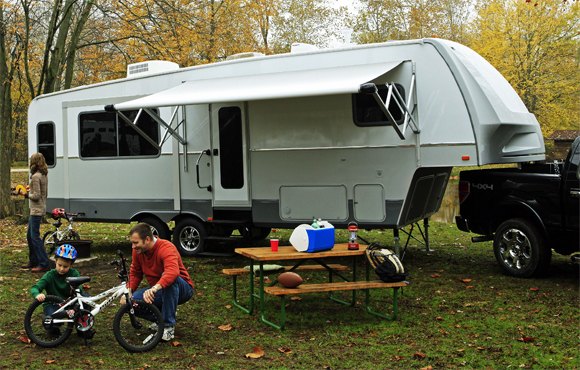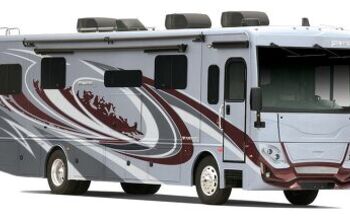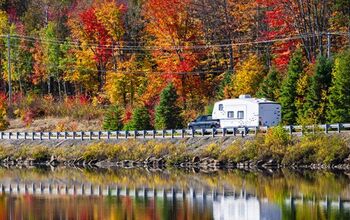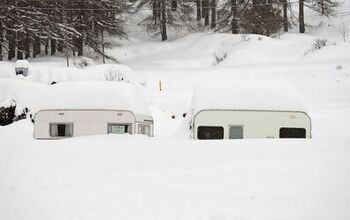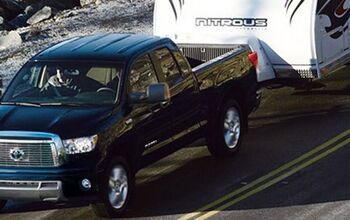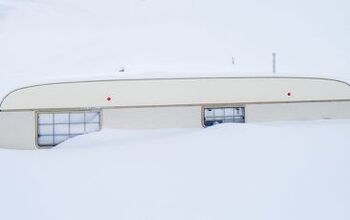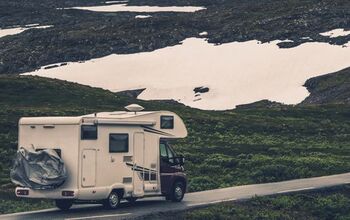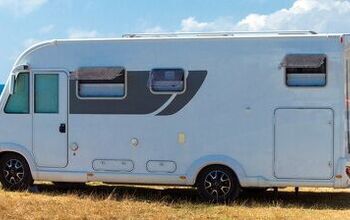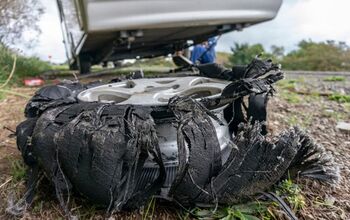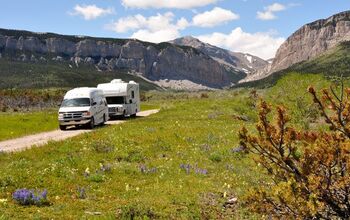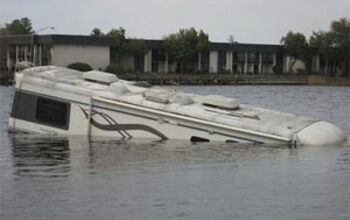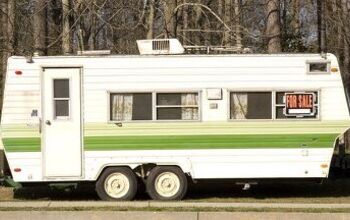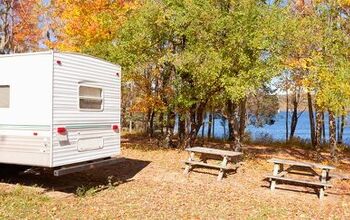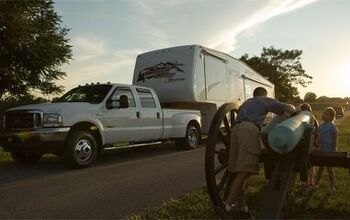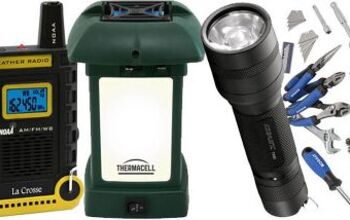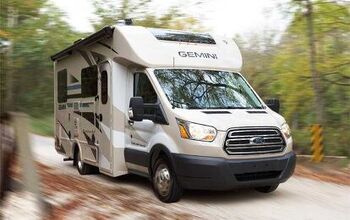How To Tow Your Fifth Wheel
A fifth-wheel RV has a lot of advantages that make it an appealing choice for people looking to add a bit of luxury to their camping. Fifth wheels can offer more space with part of the RV placed over the hitch. Towing a fifth-wheel has the advantage of maneuverability and security because the hitch point is moved from the rear bumper up to the rear axle of the tow vehicle. If you’re going to go big, and don’t want to go with a motorhome, you probably need to look at a fifth wheel. Here are the basics of what you need to tow your fifth wheel safely and securely.
While seeing things like the VW Bug with the fifth-wheel hitch on the roof are fun, it surely isn’t that practical with most of the RVs on the market today. You need a truck and a serious one at that. If you have a compact truck, it’s time for a trade-in too, as there really isn’t a compact or mid-size truck designed to haul the load of a fifth wheel. Most experts agree that a ¾-ton truck is the minimum for hauling a fifth-wheel RV regularly. A half-ton can get the job done, but it does put extra wear and tear on the truck’s drivetrain.
Most vehicle manufacturers have packages available for trucks to be optimized for hauling fifth wheels. If you’re buying a new truck and plan to do just that, let them know and get the right truck for what you’re hauling. It just makes things easier going down the road.
Now that you have a proper tow rig, you can just slap any fifth-wheel hitch in there and take off down the road, right? Hold up, there. It’s a little more complicated. There are three basic types of hitches to pick from. Each will do the job intended, as long as they are used properly. On your trailer, the main hitching point is called the king pin. It connects with the hitch and is held by a jaw clamp.
Slide-bar jaw clamps are the most economical type clamp and also the noisiest. It is noisy because the clamp allows the king pin to move some. It is, however, a very safe clamp, like all approved hitches. A double-jaw clamp is better because it grips the king pin more, although there can still be a little movement. Again, a very safe hitch. A single-jaw hitch completely captures the king pin, so there is no movement. It is the most comfortable hitch type because it is extremely quiet. It is also the most expensive type.
Don’t worry, we’re not talking about you personally. You need to know the weight class of your fifth-wheel before you buy a hitch because they come in different classes. You wouldn’t want to try to haul 20,000 pounds with a 16,000-pound hitch. If you have a big RV, most experts would agree that you should get a single-jaw type hitch just to reduce noise and wear. This will cost more up front, but in the end, save you some added stress. Who wants stress when you’re camping anyway?
Once you have your hitch installed on your tow vehicle, make sure you’ve got the proper electrical connections. This includes knowing if you’re fifth-wheel has trailer brakes – it probably does – and that you’ve got all the connections properly installed and connected. Don’t worry. It’s much easier than it sounds and not as complicated, especially if you have everything professionally installed.
Once you’re all connected and hitched – it’s time to do what you started out to do. It’s time to go camping and enjoy yourself. One last piece of advice. Make sure you know the rules and regulations for driving with a fifth-wheel trailer for wherever you’re headed to. Some states and roads have length and load limits. Enjoy!
